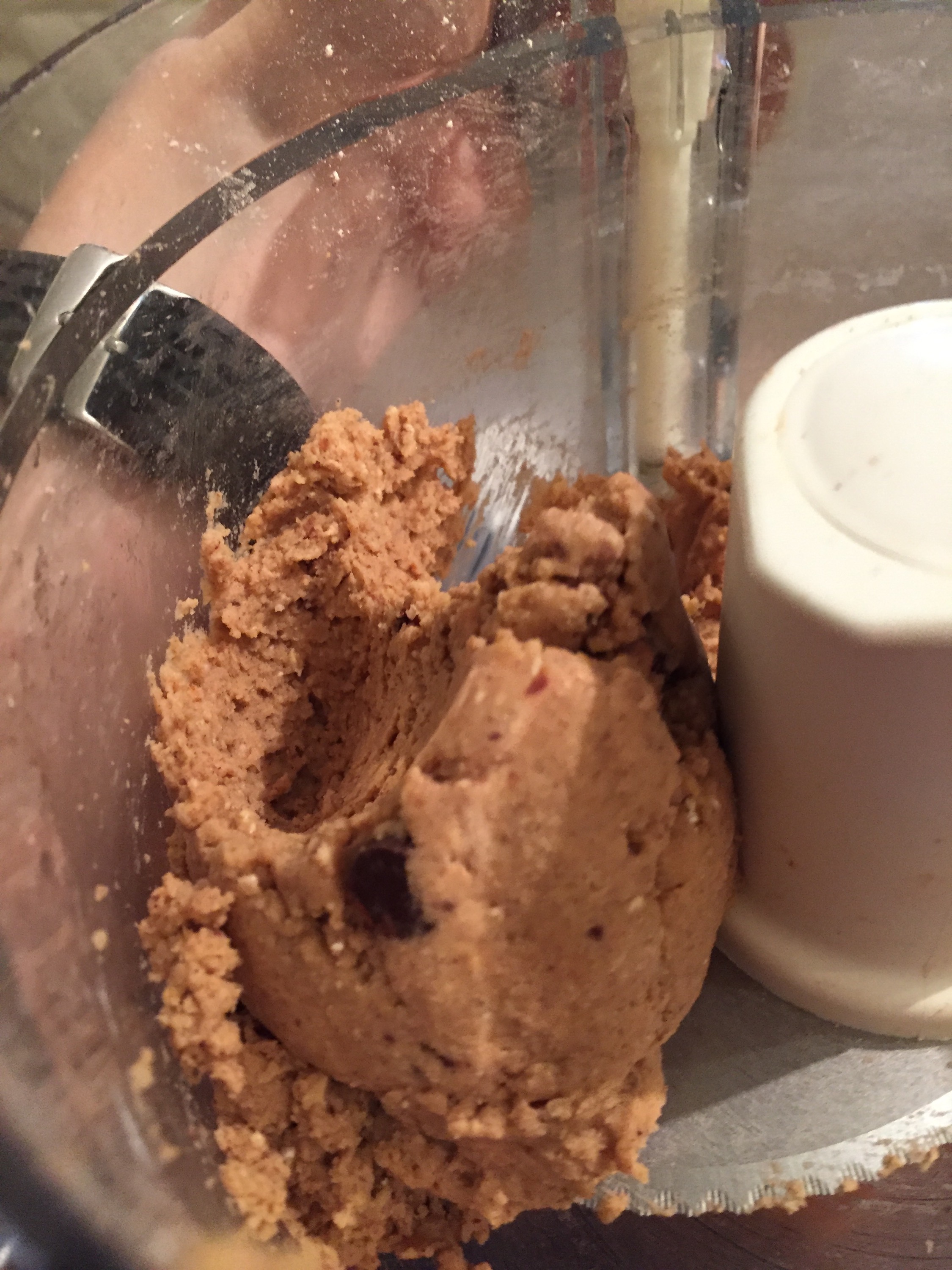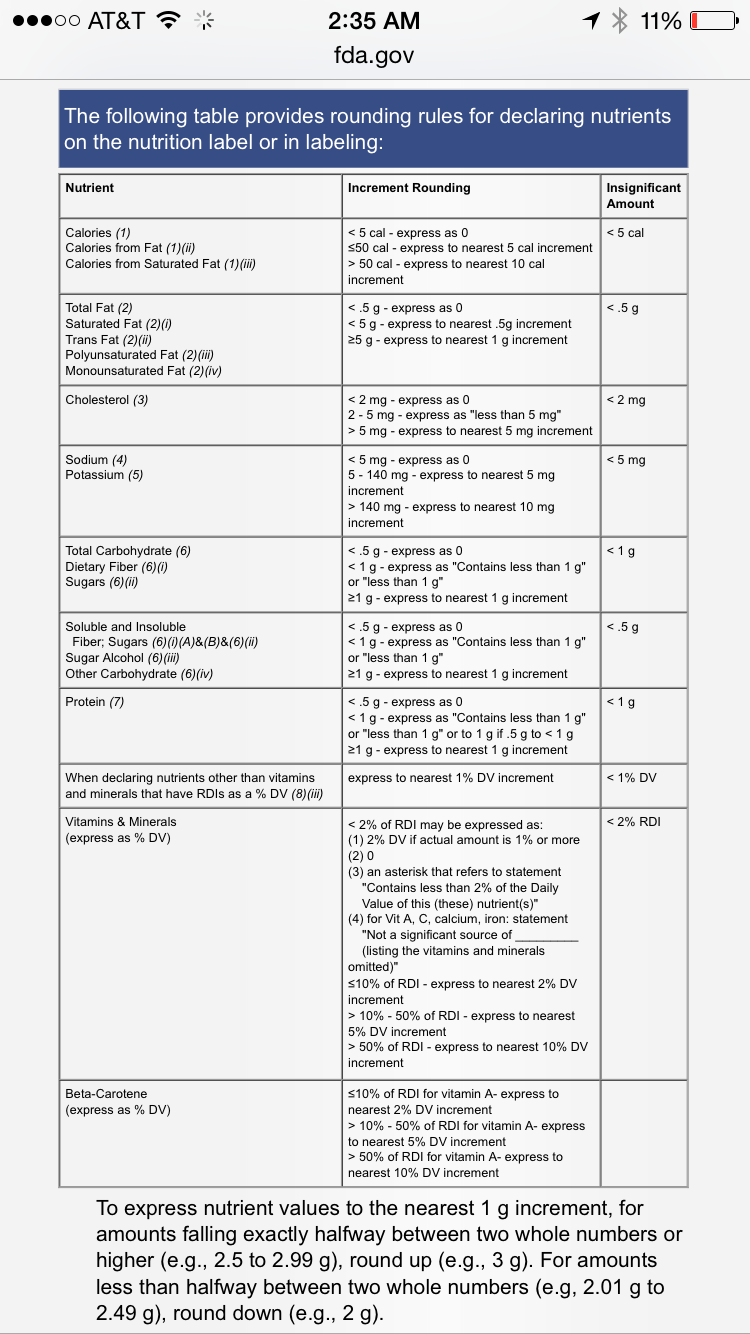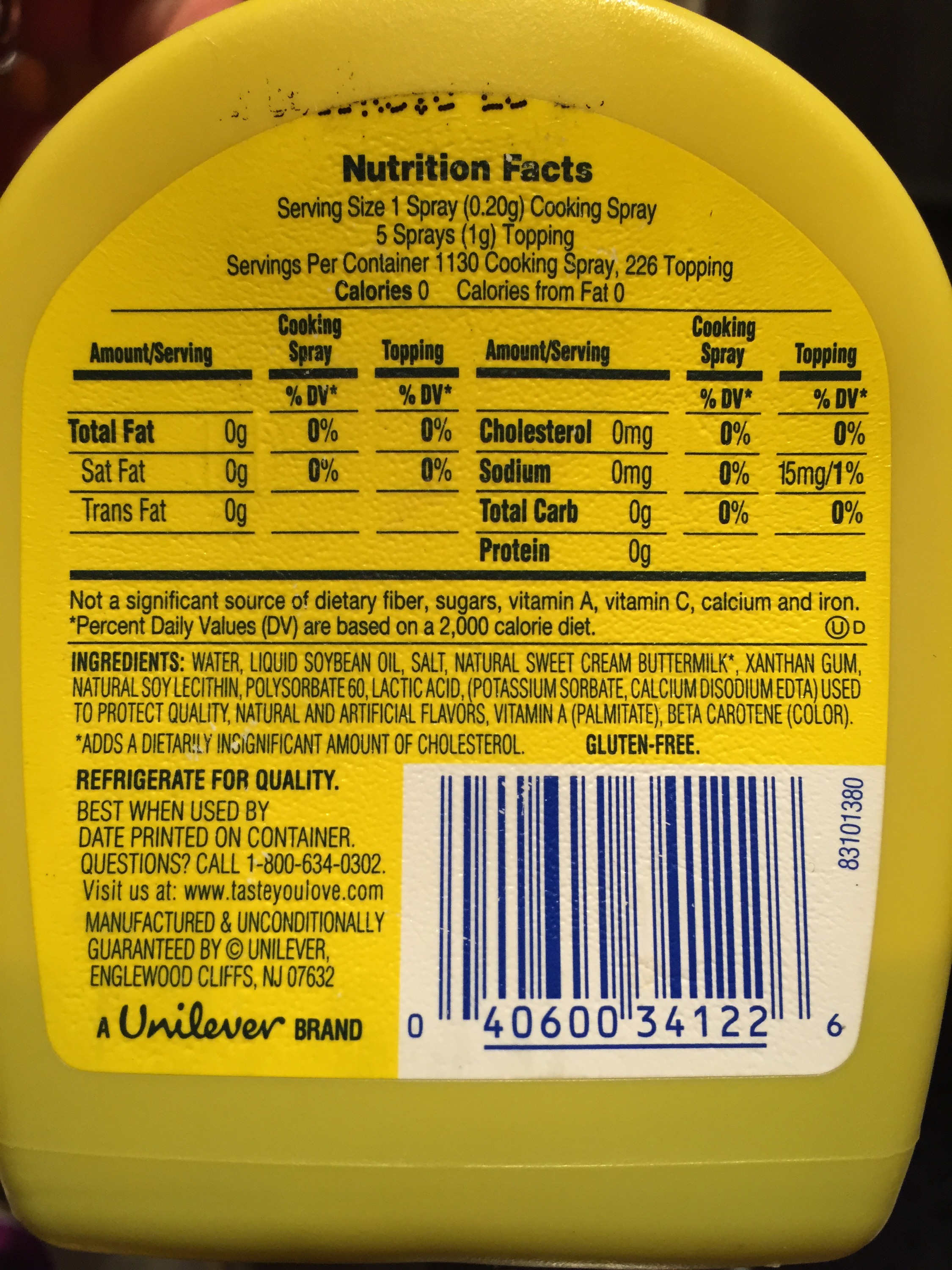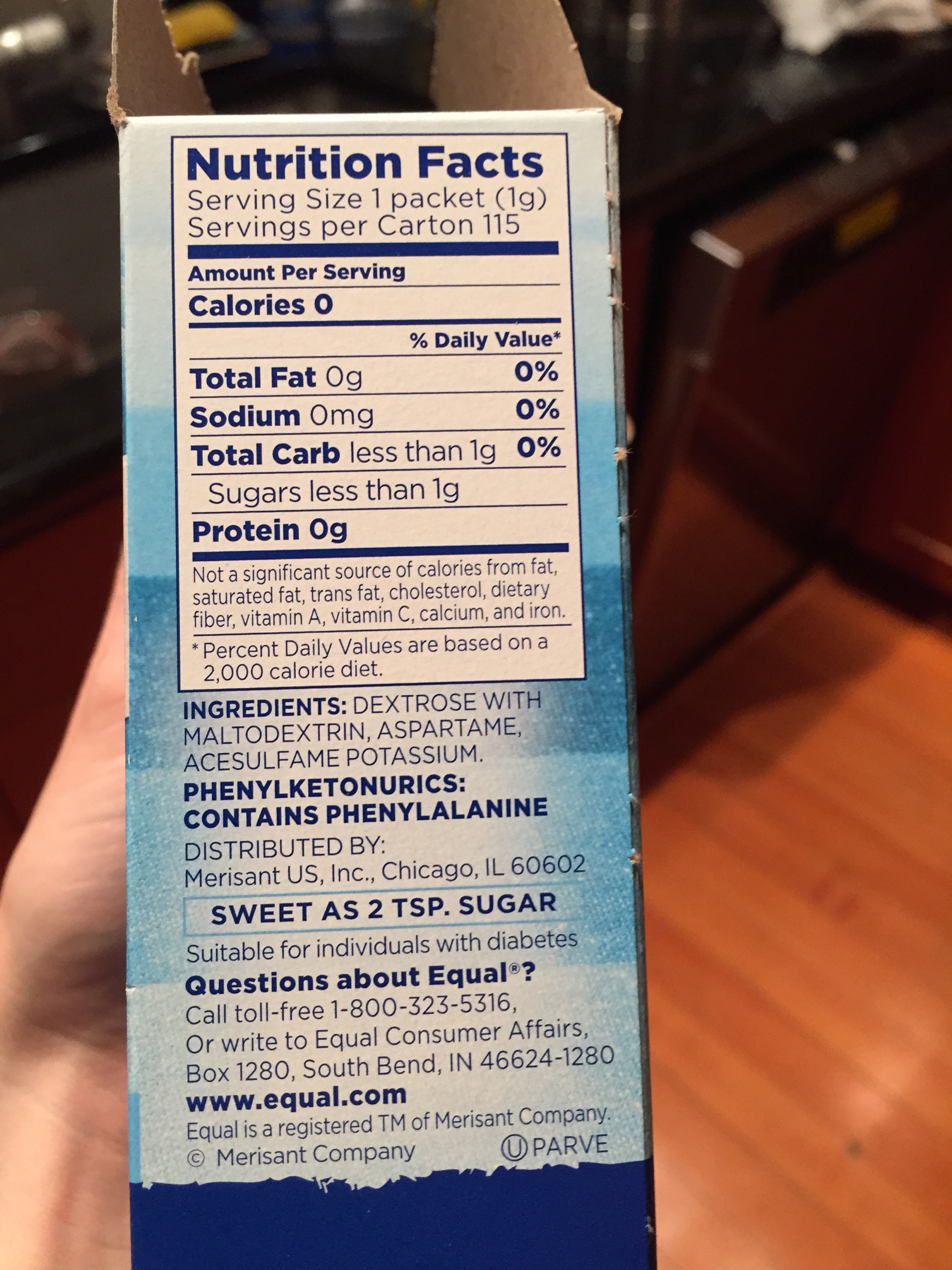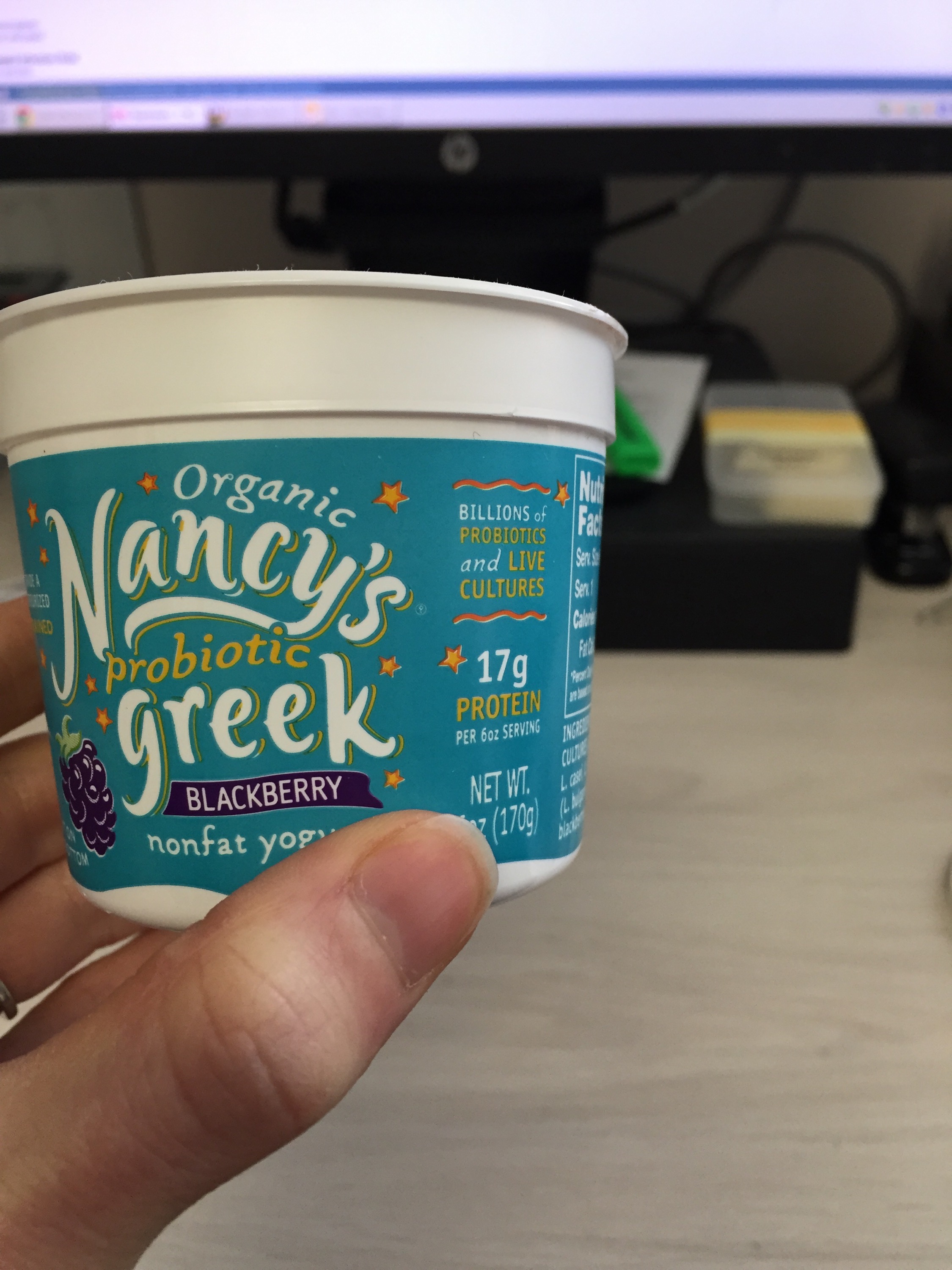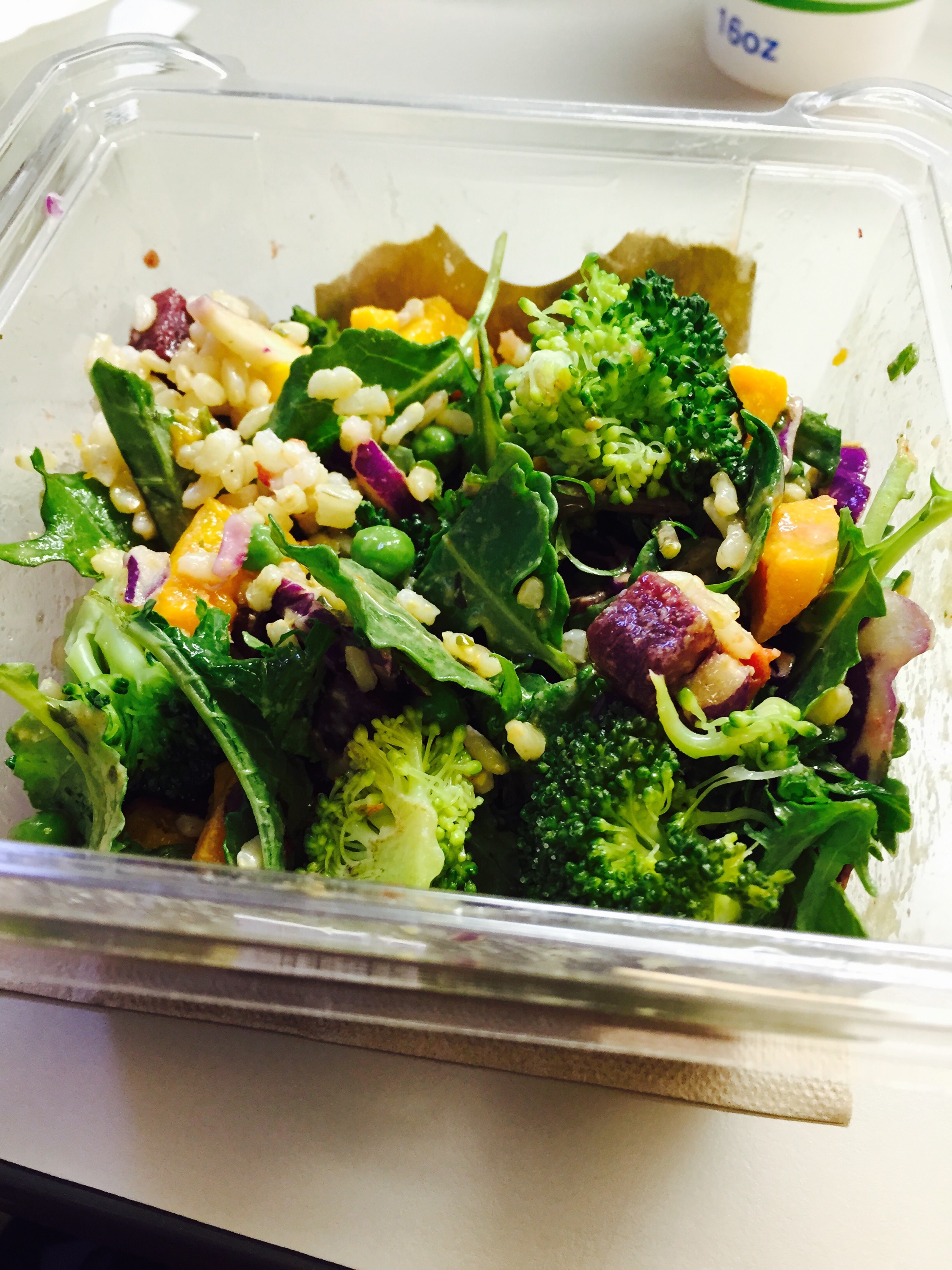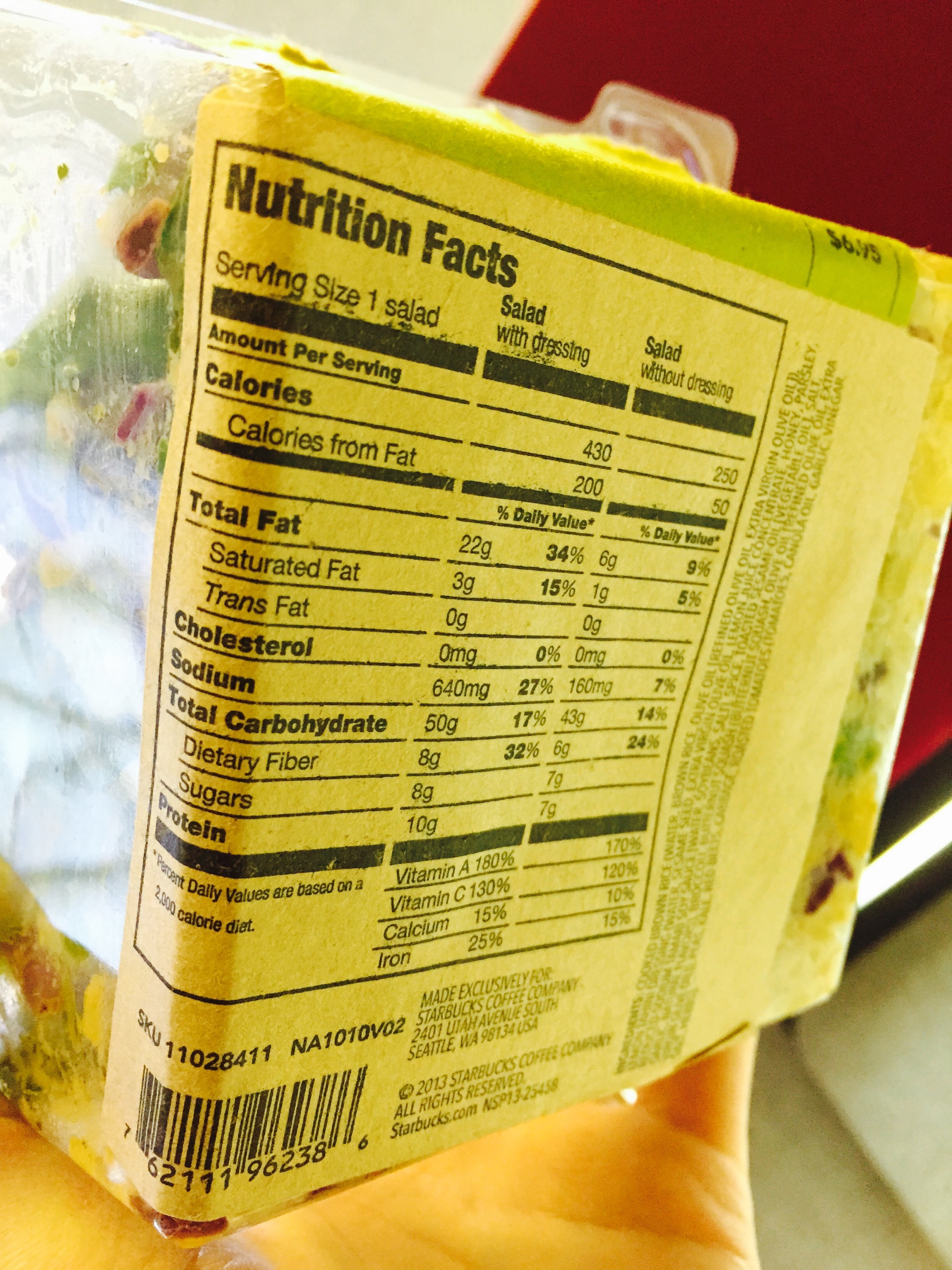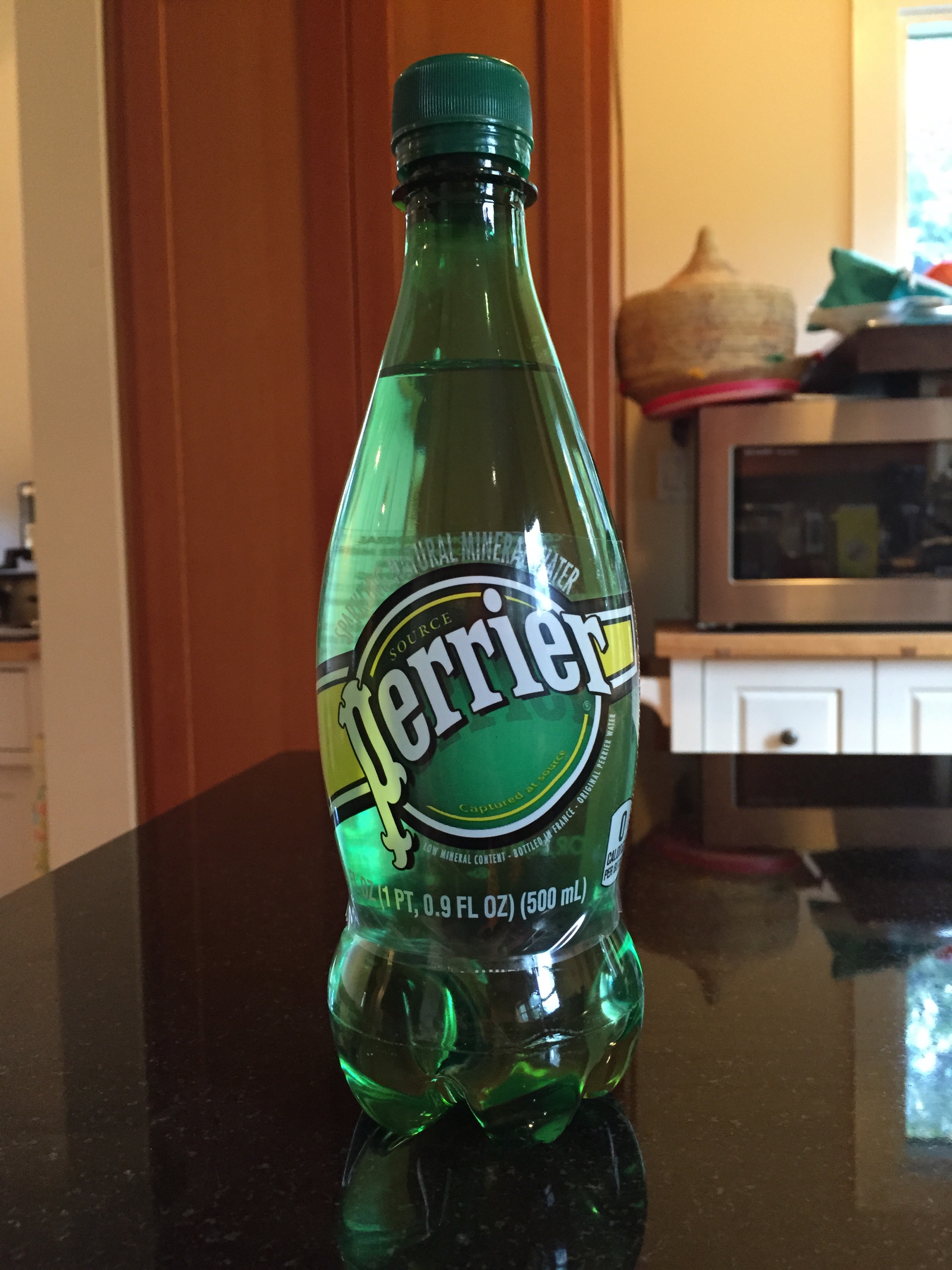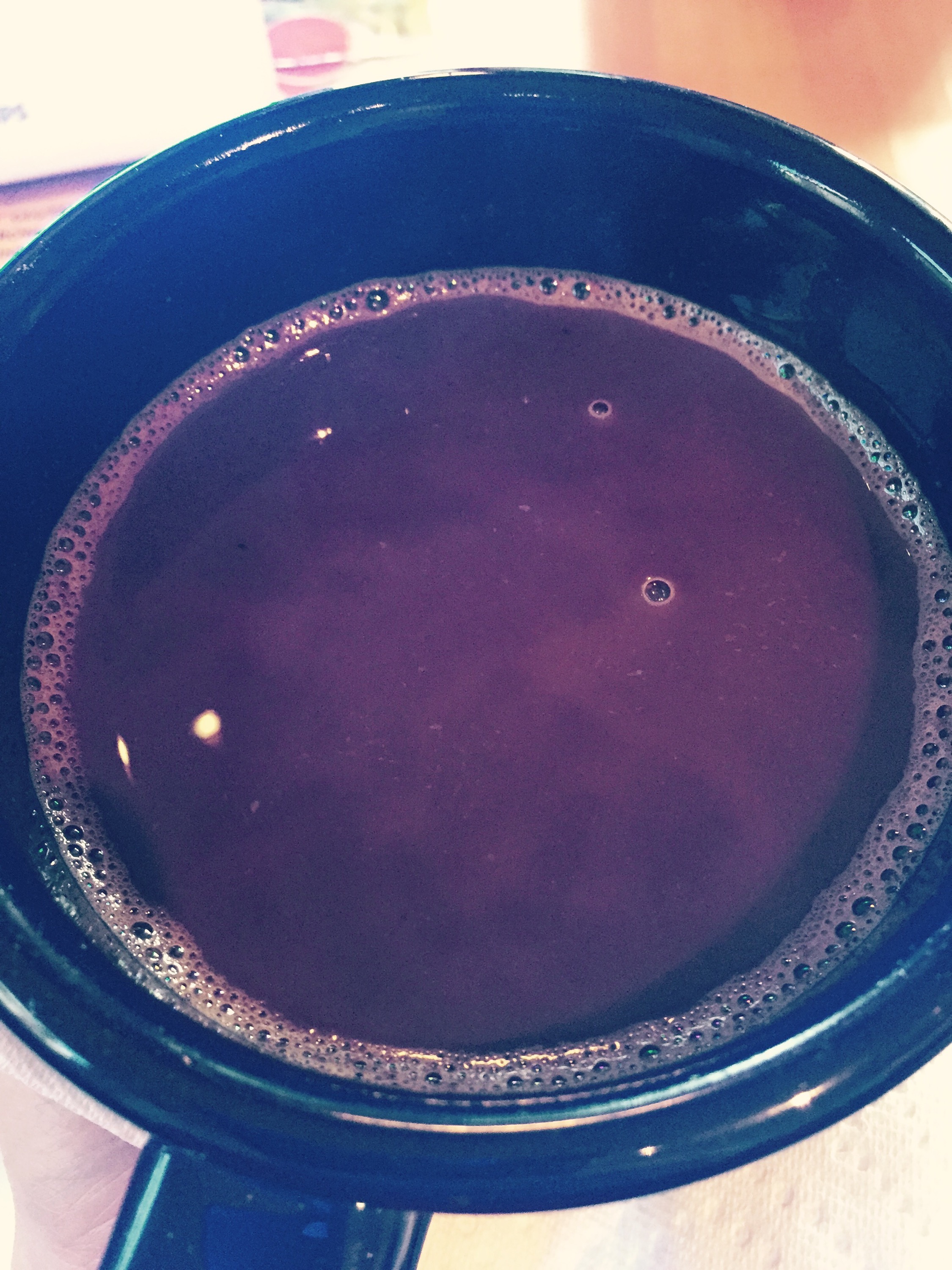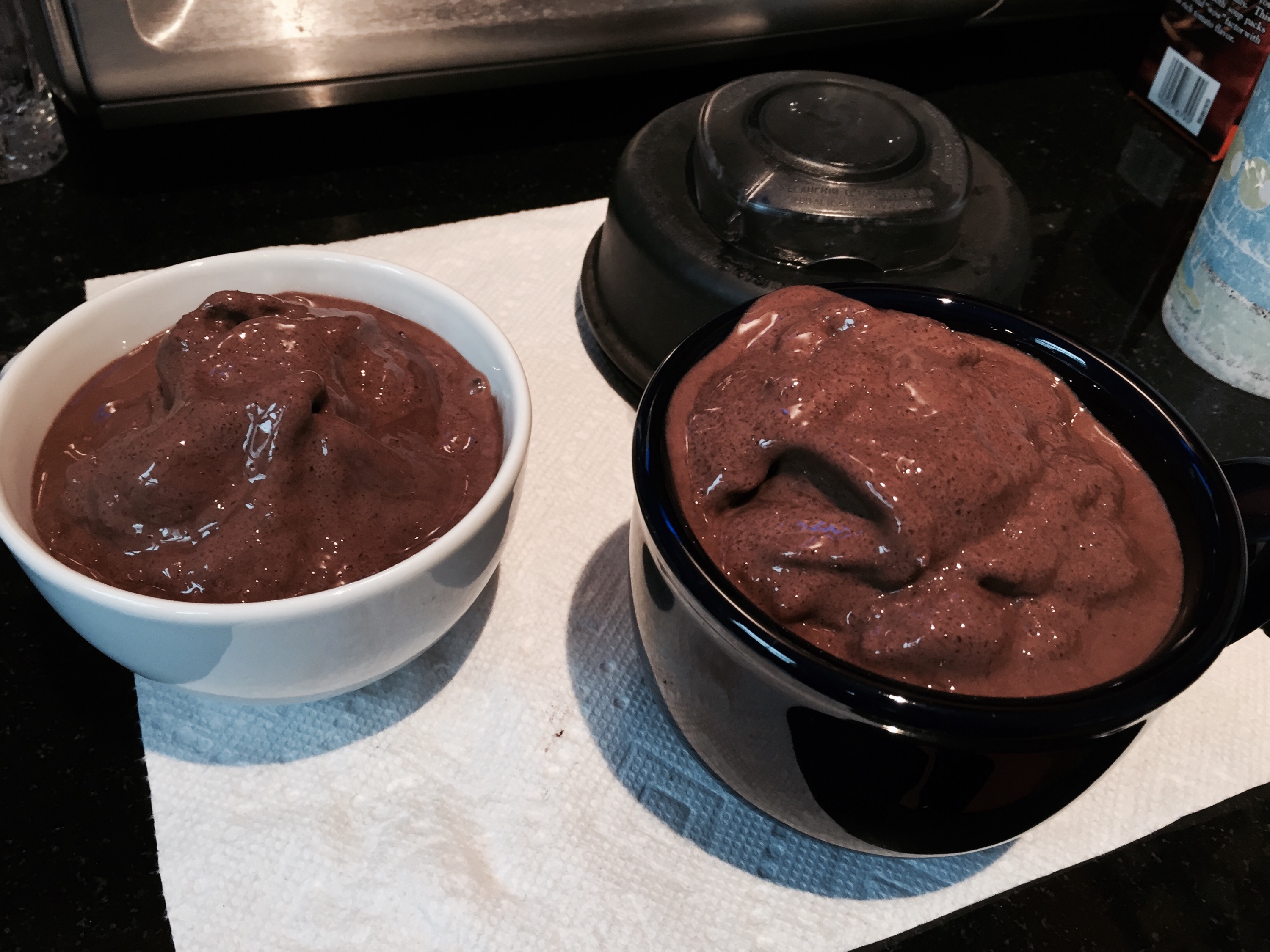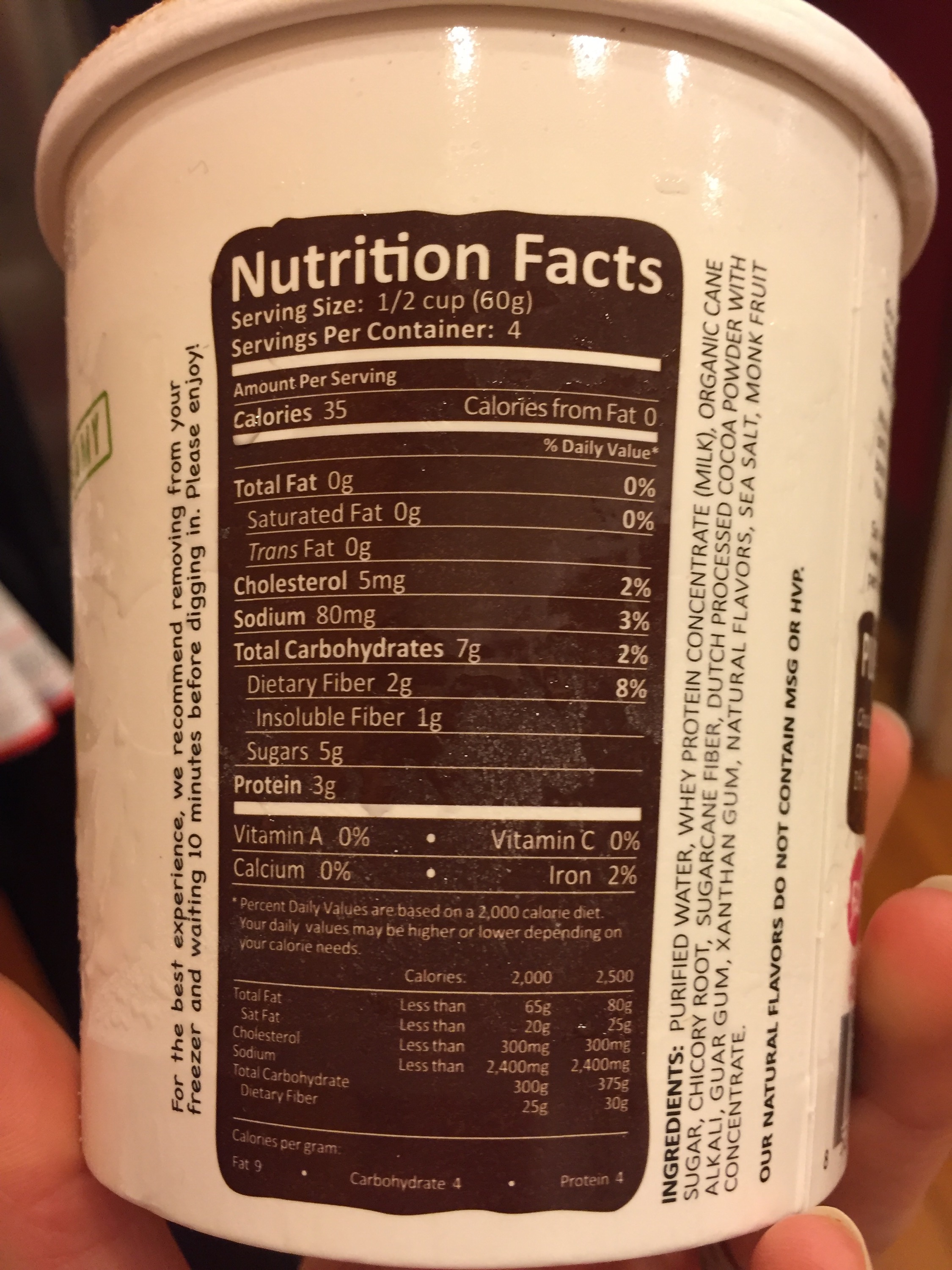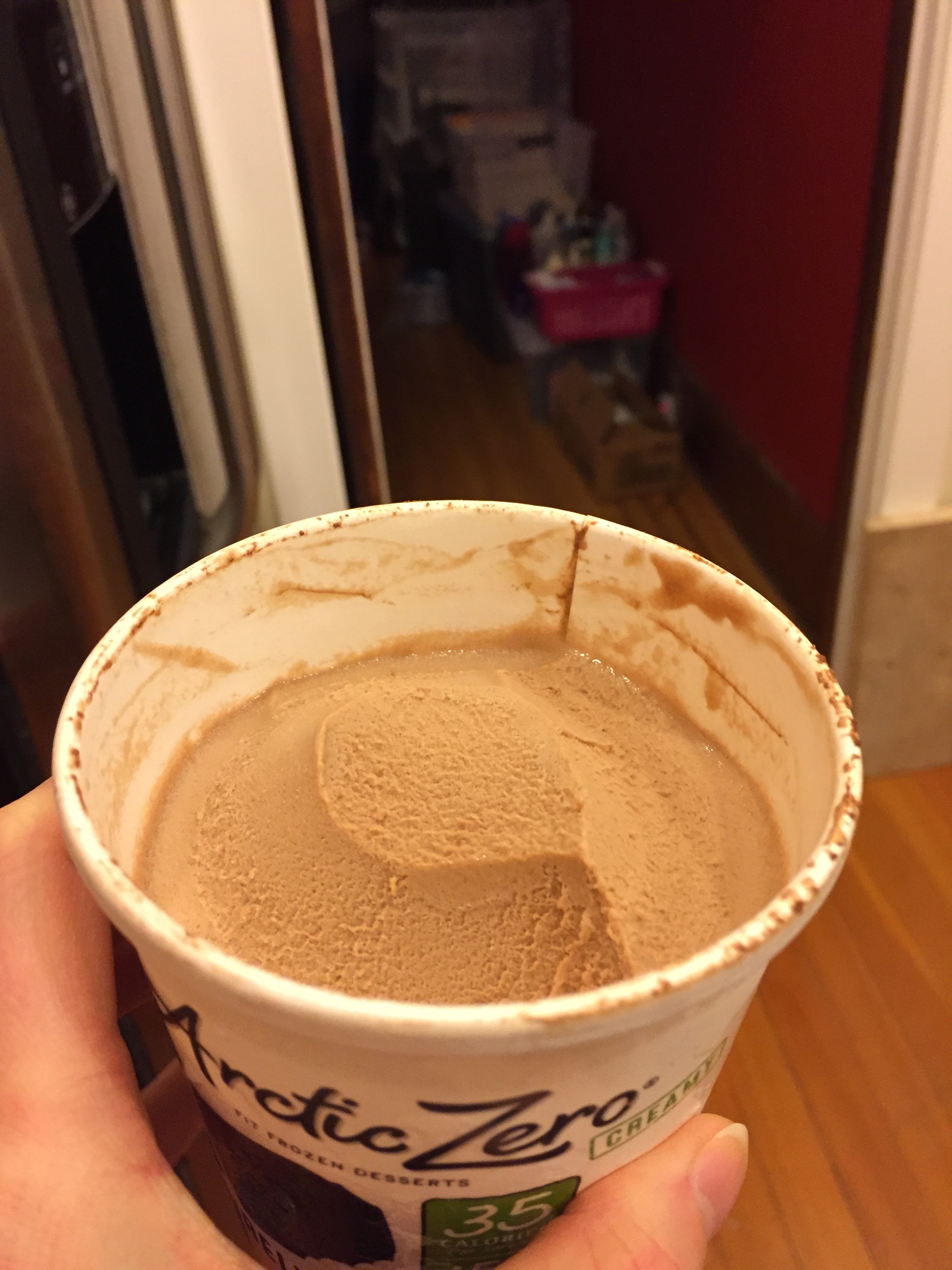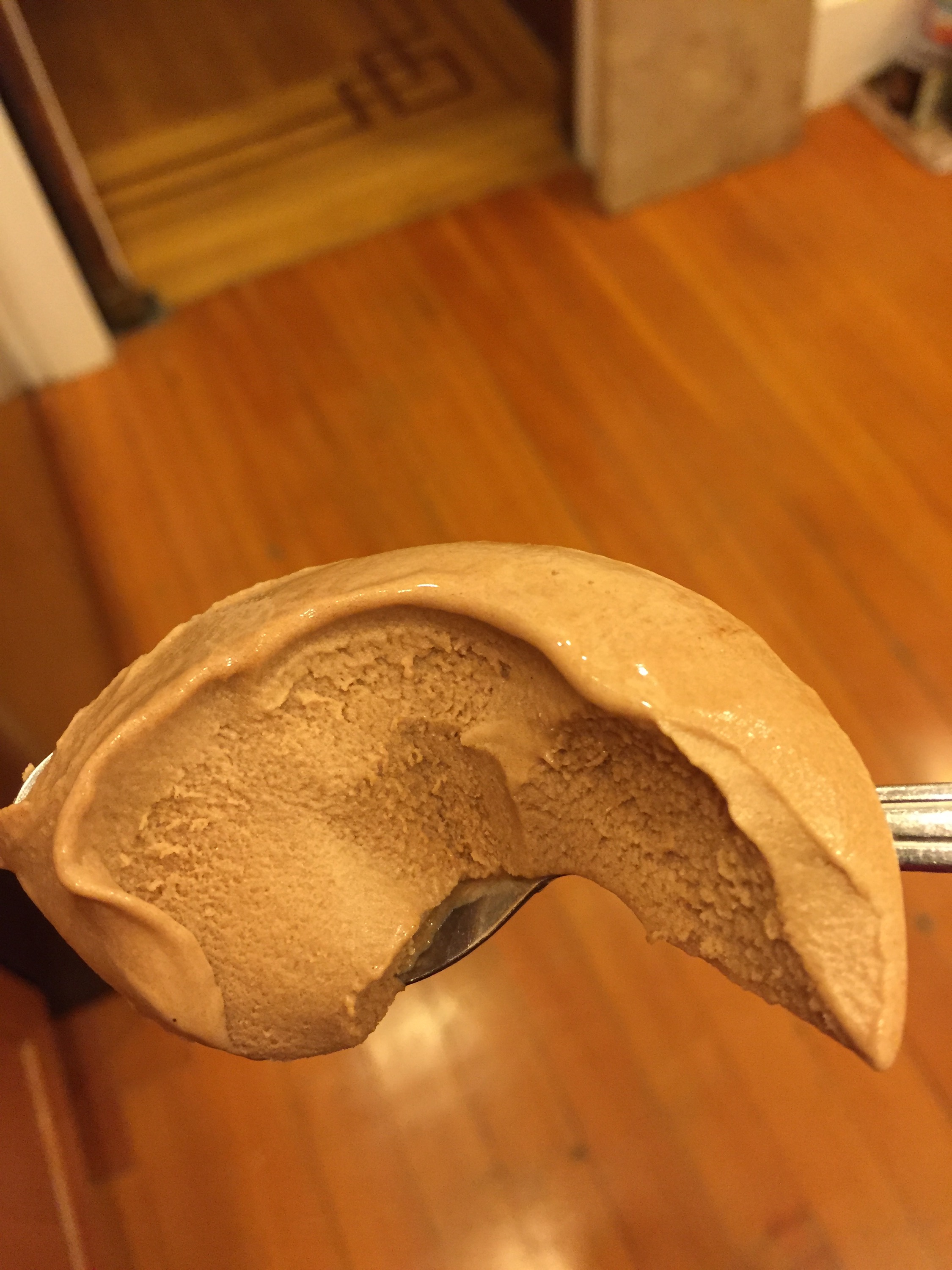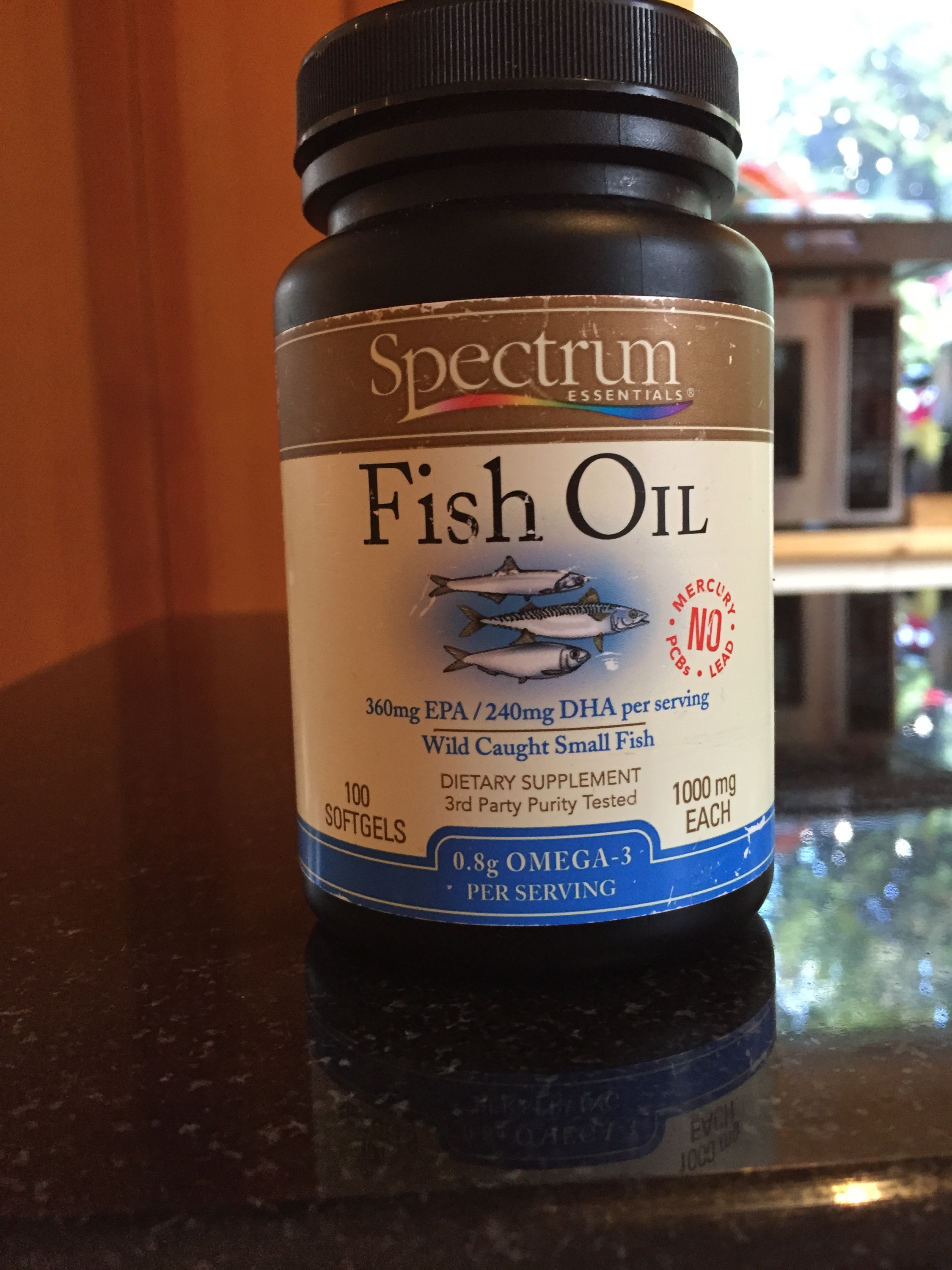I have been making chickpea cookie dough for years now, but I have finally perfected the recipe. For those of you new to bean-based healthy dessert recipes, the advantage to using beans versus flour is the added fiber, extra protein, lower carbs and most importantly – beans are less processed and refined than flours. Flour is highly processed and digested very quickly compared to a whole food version like wheat berries (or beans). This recipe includes only a tiny amount (1/2 teaspoon) of whole wheat flour or whole wheat pastry flour, but it is completely optional. So the big question is whether beans can possibly mimic the taste of real dough, and the answer is yes!
The key players in bean dessert recipes are black bean brownies, white bean or chickpea blondies and chickpea cookie dough. I have had the most success with the chickpea cookie dough, but it has taken me 2 years to perfect the recipe. The secret to a sublime texture for the chickpea cookie dough is to remove the skins of the chickpeas after rinsing and to only use the pulse setting on the food processor. Peeling the chickpeas creates a creamy texture and using the pulse setting instead of blending the chickpeas keeps the mixture thick like cookie dough – otherwise it will still be tasty, but will be more of a hummus texture. These steps are not required, but are highly recommended!
Ingredients:
1 can chickpeas, drained and peeled (I like Westbrae organic)
1/4 cup rolled oats
1/8 cup quick oats
1/2 teaspoon whole wheat flour (optional)
2 soft dates, chopped
1/2 to 1 teaspoon cinnamon
1/4 to 1/2 teaspoon baking powder
Sprinkle of salt (if using unsalted chickpeas)
2-4 Tablespoons fresh ground creamy peanut butter
1-2 teaspoons agave nectar
1-2 packs stevia (I like Nunaturals brands)
1/2 teaspoon vanilla extract
1/2 teaspoon maple extract (optional)
1 Tablespoon semi-sweet chocolate chips, vegan carob chips or cocoa nibs (optional, but recommended) – listed in order from most delicious to most healthy!
1-2 Tablespoons liquid pasteurized egg whites (substitute 1 Tablespoon unsweetened almond milk to keep it vegan, use the egg whites for higher protein and thicker texture)
Directions:
Pulse dry ingredients in food processor for 5 seconds. Add wet ingredients and pulse for 5 more seconds. Taste and adjust ingredients (you can start with the lower end of the sweetener, peanut butter and other ingredient amounts if you like, and add more to taste if desired – I like a sweeter taste). Add chocolate chips, if using, and pulse for 2 seconds. While pulsing for 2 more second, add the egg white or almond milk. Then enjoy!
